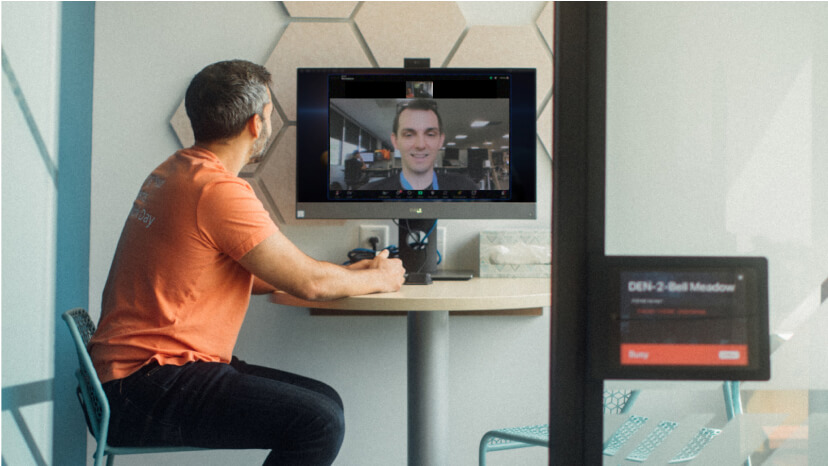
Zoom speed: 10 new customer experience updates to help you stay one step ahead
Customer experience is evolving—stay ahead with these Zoom Contact Center updates. AI, multi-channel support & EU data residency help transform your customer journey. Optimize your CX beyond the contact center with Zoom Events and Revenue Accelerator













